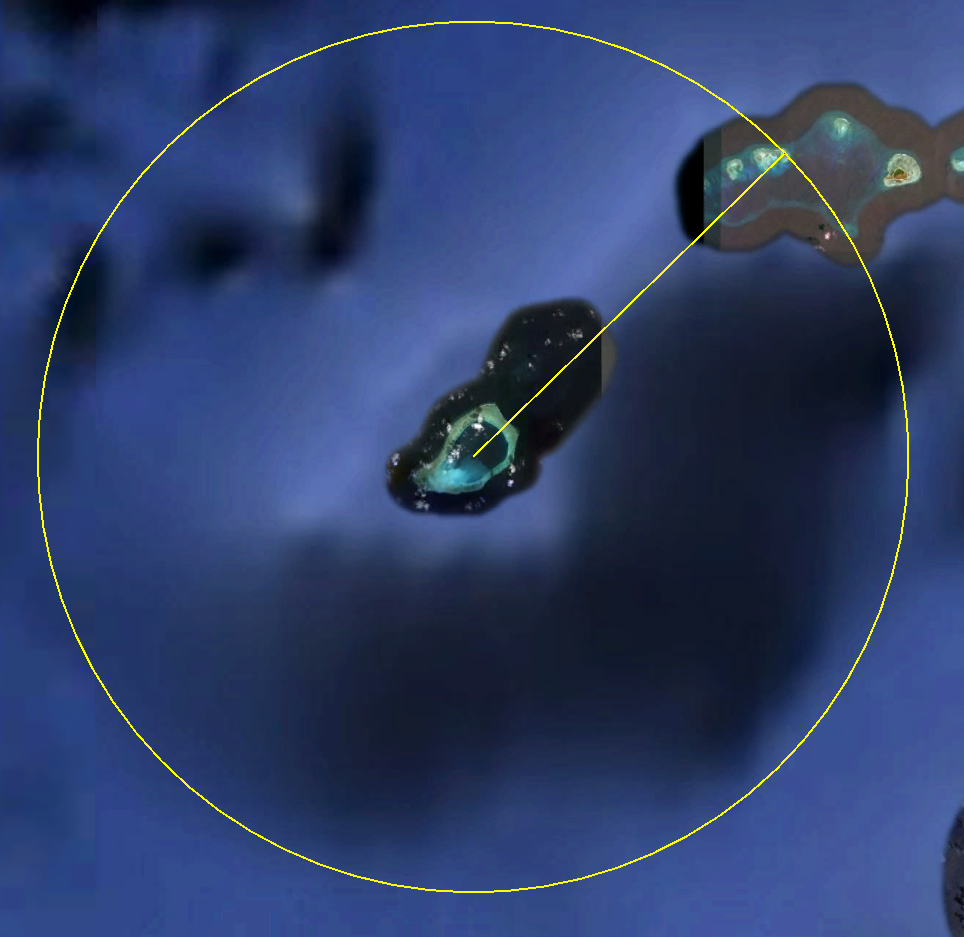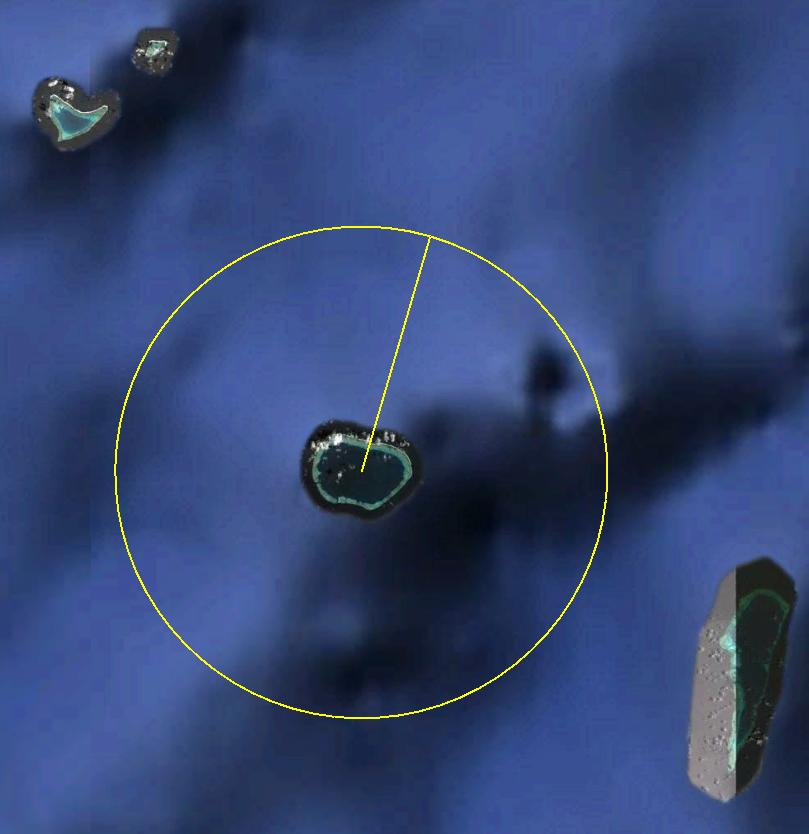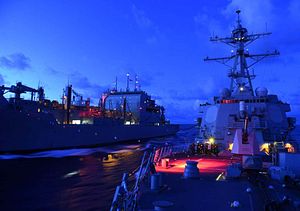The headline to this article promises a lot, especially since U.S. officials have been unwilling to publicly clarify the precise circumstances of the USS Lassen‘s operation in the South China Sea, near Subi Reef, on October 27, 2015. Fortunately, after more than two weeks of considering various public reports, citing mostly anonymous U.S. official sources and, notably, the skipper of the Lassen itself, experts have determined that the first U.S. freedom of navigation operation near Subi Reef was not an assertion of high seas freedom by the United States. Rather, the USS Lassen transited within 12 nautical miles of Subi Reef in compliance with the innocent passage provisions outlined in Part II, Article 19 of the United Nations Convention on the Law of the Sea (UNCLOS). In essence, the October 27 U.S. freedom of navigation patrol asserted that ships – both civil and military – had the right to sail near Subi Reef without notifying Chinese authorities as long as they complied with innocent passage regulations.
The definitive clarification of why the USS Lassen complied with innocent passage comes courtesy of two noted U.S. experts on the South China Sea, Bonnie Glaser and Peter Dutton, who outlined the legal justification everyone else had missed for why the U.S. Navy didn’t assert high seas freedoms within 12 nautical miles of Subi Reef. Dutton and Glaser note in The National Interest that the very geography of the South China Sea means that Subi Reef could likely qualify for the territorial waters under UNCLOS. Specifically, Sandy Cay, an unoccupied “rock” (not to be confused with the Vietnam-occupied Sand Cay, which is approximately 37 nautical miles from Subi), could have its territorial sea “bumped out” by Subi Reef since Subi Reef itself falls within a 12 nautical mile radius of Sandy Cay. Prior to Glaser and Dutton, no South China Sea observers had pointed out this possible justification for why Subi Reef could be granted a territorial sea in the future. (I would add that Euan Graham at the Lowy Institute has a helpful reaction to Glaser and Dutton here; Mira Rapp-Hooper and Adam Klein take a look this “innocent passage mystery” at Lawfare, discussing the relevance of another nearby feature, Thitu Island; Julian Ku, also at Lawfare, expands on the implications of innocent passage.)

Subi Reef is shown here with a 12 nautical mile radius overlaid (in blue). The overlapping feature toward the northeast includes Sandy Cay, a feature that is above sea-level at low-tide. (Source: Google Maps)
It is important to note that the Lassen‘s operation, even if it was innocent passage, is still a freedom of navigation operation. As the U.S. Department of Defense notes, these operations are conducted with serious legal review. The Lassen‘s operation specifically protests the excessive Chinese requirement that ships seeking to sail within 12 nautical miles of Subi Reef need to provide prior notification to Chinese authorities. UNCLOS does not require this under Part II, Article 19. Rather, Article 19 lists a range of prohibited activities that if carried out within 12 nautical miles of a feature entitled to a territorial sea resulted in a violation of innocent passage. As far as the U.S. policy of protesting excessive maritime claims while remaining neutral on the issue of the sovereignty of features goes, the Lassen operation is consistent. The United States could have made a stronger statement by considering Sandy Cay terra nulius, but since the feature falls within the claims of multiple South China Sea claimants, this would have been a radical departure from its status quo approach to the South China Sea.
So, where can Washington go from here? It’s worth revisiting the reasons why Subi Reef in particular was chosen for the first freedom of navigation operation. Notably, it is one of seven Spratly features that China has converted into a man-made island with dual-use infrastructure, including a possible 3000 meter airstrip, a helipad, and other facilities. More importantly, Subi Reef, along with Mischief Reef, are two such features that are submerged at low-tide. This means that under any reasonable interpretation of UNCLOS, they are likely not entitled to a 12 nautical mile territorial sea on their own (as I explain above, Subi may well be entitled to a territorial sea due to the existence of Sandy Cay nearby).
Mischief Reef, however, should be where every South China Sea watcher’s eyes should go next. Like Subi, Mischief Reef is not entitled to any territorial sea under a reasonable reading of UNCLOS. Unlike Subi Reef, Mischief Reef is not within 12 nautical miles of any nearby feature that could be interpreted as a “rock” or “island,” thereby possibly granting it a territorial sea (by my measurements, the nearest feature is at least 18 nautical miles away and submerged at low-tide). Now, a U.S. freedom of navigation operation near Mischief Reef could well be on the cards in the future. Reports have already noted that the White House chose “innocent passage by Subi Reef” from a menu of options offered to it by the Pentagon; certainly, a full-fledged high seas assertion operation within 12 nautical miles of Mischief Reef was also presented on that list. So why didn’t the Obama administration opt for this option?

Mischief Reef is shown here with a 12 nautical mile radius overlaid (in blue). No features fall within 12 nautical miles. (Source: Google Maps)
The answer, I suspect, is that an operation asserting high seas freedoms within 12 nautical miles of Mischief Reef would have been highly provocative, particularly for a first move when the White House is still relatively unsure of how China might react. As Timothy Choi noted recently, a non-innocent freedom of navigation operation would see a U.S. Navy vessel sail with its fire control radars on, collecting intelligence, and possibly even deploying helicopters or unmanned aerial assets within 12 nautical miles of a China-occupied feature. Indeed, such an operation could include a P-8A Poseidon surveillance aircraft within 12 nautical miles as well (something that we now know did not occur during the Lassen‘s operation near Subi Reef). Incidentally, the Subi operation is a proportional tit-for-tat for the Chinese Navy’s late-August innocent passage transit through the Aleutian Islands off Alaska.
The administration’s sensitivity to appearing provocative toward China is somewhat understandable given that the U.S.-China bilateral faces other challenges. Expending diplomatic capital over a row in the South China Sea could reduce U.S. leverage on other significant issues in the bilateral relationship, including cyber espionage, climate change, and talks over an investment treaty. From a diplomatic perspective, the Lassen may have gotten the message just right without causing a broader bilateral falling out.
By any measure, a Mischief Reef operation will be more provocative than the October 27 Lassen operation. In my view, given China’s relatively restrained reaction to the first freedom of navigation operation, it would be sensible for the United States to assert high seas freedoms around Mischief Reef. This sends a clearer message that this specific reef, per UNCLOS, will never have any 12 nautical mile territorial sea entitlement (artificial islands don’t automatically confer any special benefit outside of a 500 meter safety zone). In doing so, the U.S. Navy would remain compliant with the broader U.S. policy of neutrality on the sovereignty of individual features as well. Indeed, Second Thomas Shoal, occupied by the Philippines’ BRP Sierra Madre, is roughly 22 nautical miles from Mischief Reef – an operation could see U.S. patrols near both these features. To counter the inherently provocative nature of a high-seas assertion operation, the U.S. could send a less beefy naval vessel than an Arleigh Burke-class destroyer like the Lassen. The Freedom-class Fort Worth littoral combat ship could fit the bill here. Like the Lassen, the Fort Worth is experienced with freedom of navigation operations in the Spratlys and interactions with its Chinese navy counterparts within the rubric of the April 2014 U.S.-China Code for Unplanned Encounters at Sea.
The greatest advantage, in my view, of a freedom of navigation operation near Mischief Reef is that it would make it difficult for Beijing to continue to remain ambiguous about the precise maritime entitlements it claims for its outposts in the Spratlys. As Graham Webster has outlined in these pages, China is generally careful to avoid couching its claims in the region in terms of specific, international legal terms. Indeed, as a video showing a U.S. P-8A surveillance aircraft’s encounter with People’s Liberation Army-Navy units stationed in the area showed, Chinese troops describe a “military alert zone” or “military safety zone” around these facilities. Neither of these terms has any clear meaning under UNCLOS. The Lassen‘s operation somewhat touched on this, but because of Subi’s potential territorial sea entitlement, China can continue to dodge the question.
Granted, with the Permanent Court of Arbitration’s favorable ruling on the issue of its jurisdiction in the Philippines’ case against China, which I covered in detail for The Diplomat earlier, Beijing is already facing something of a time crunch. If all goes well in the Hague, we could have a decision on the international legal status of the nine-dash line and these claims as early as next summer. In the meantime, if the U.S. Navy wants to show it will continue to protect the public good that is the freedom of navigation and overflight in the South China Sea, it should keep up a regular drumbeat of patrols. Subi was a good way to test the waters, but a freedom of navigation operation asserting high-seas freedoms within 12 nautical miles of Mischief Reef needs to be on the cards. If reports that these patrols are due twice every quarter are true, the U.S. Navy will have another opportunity soon.
































